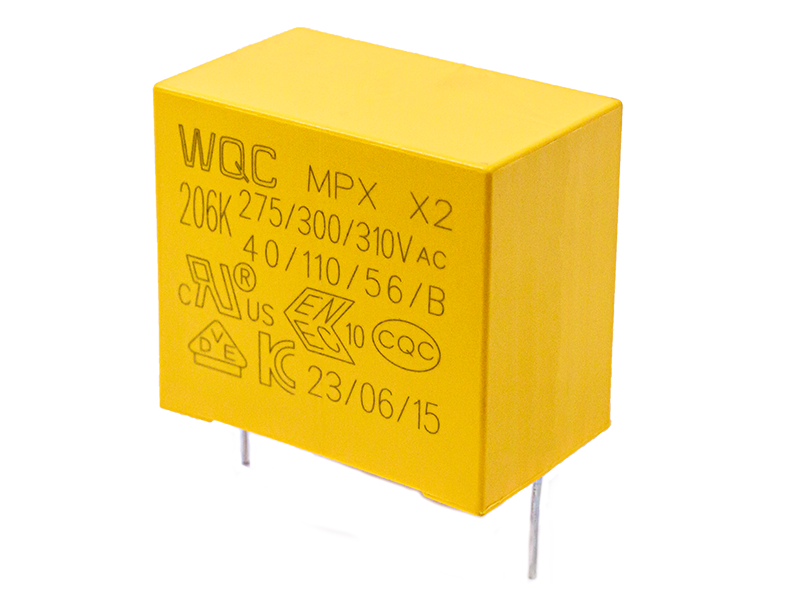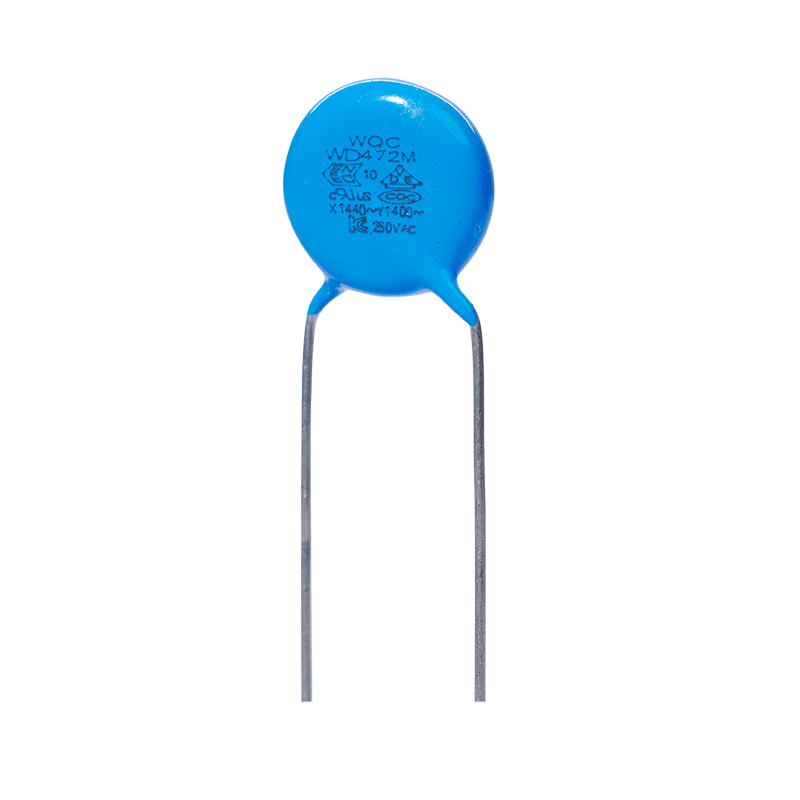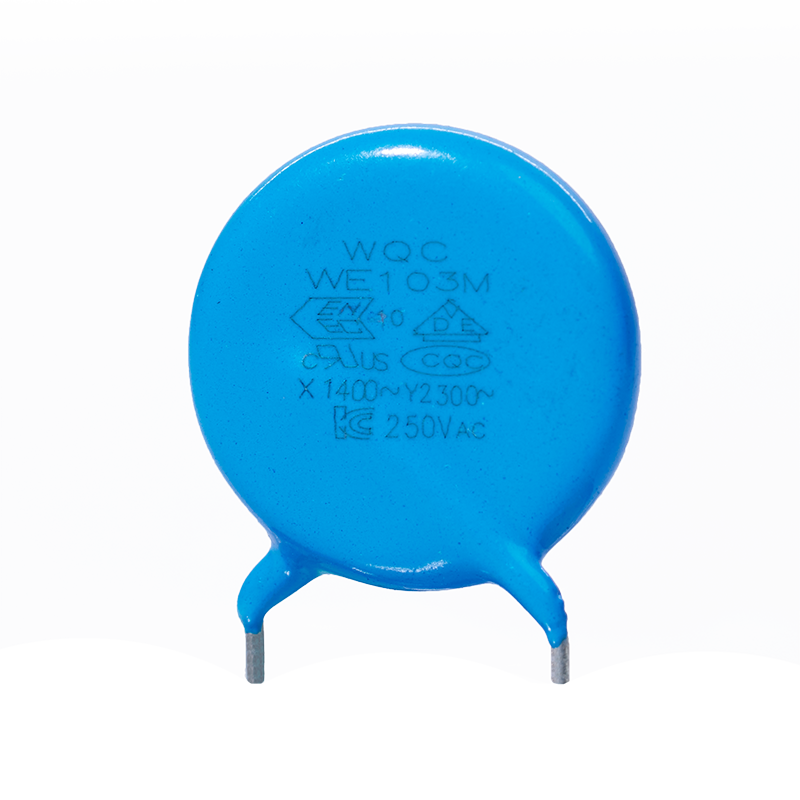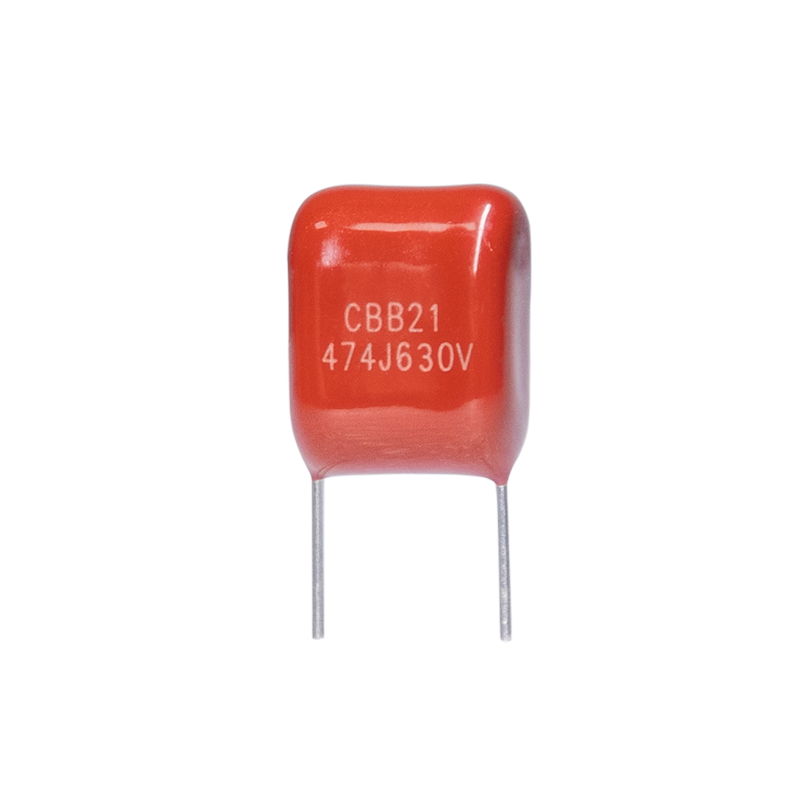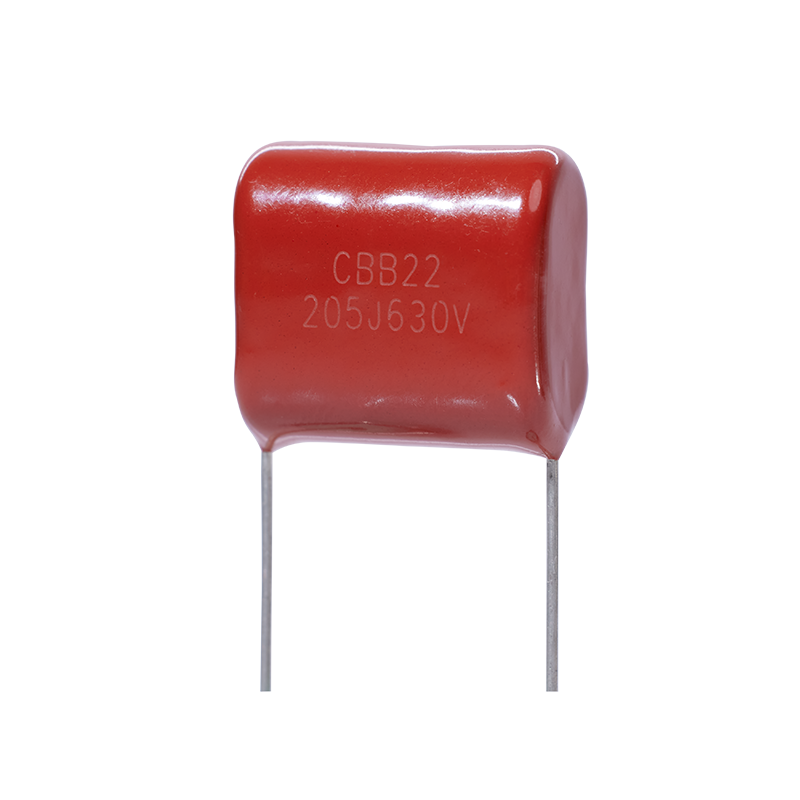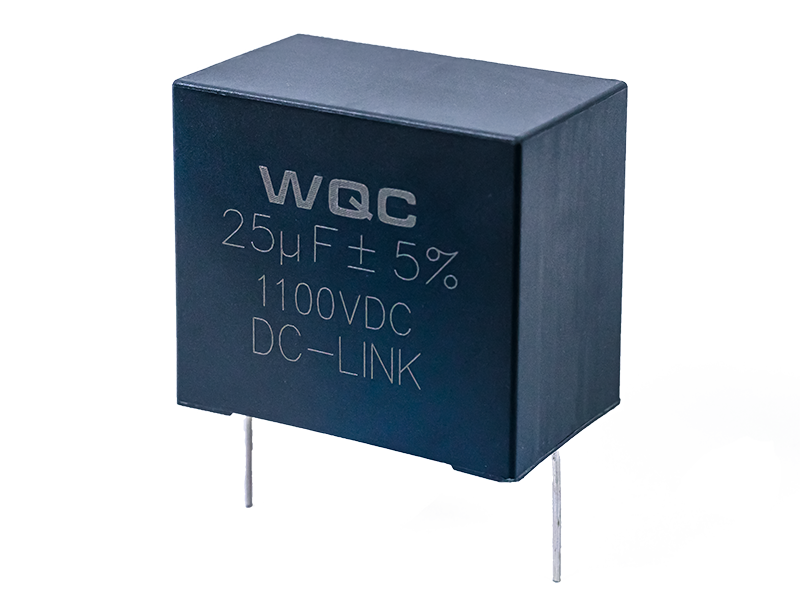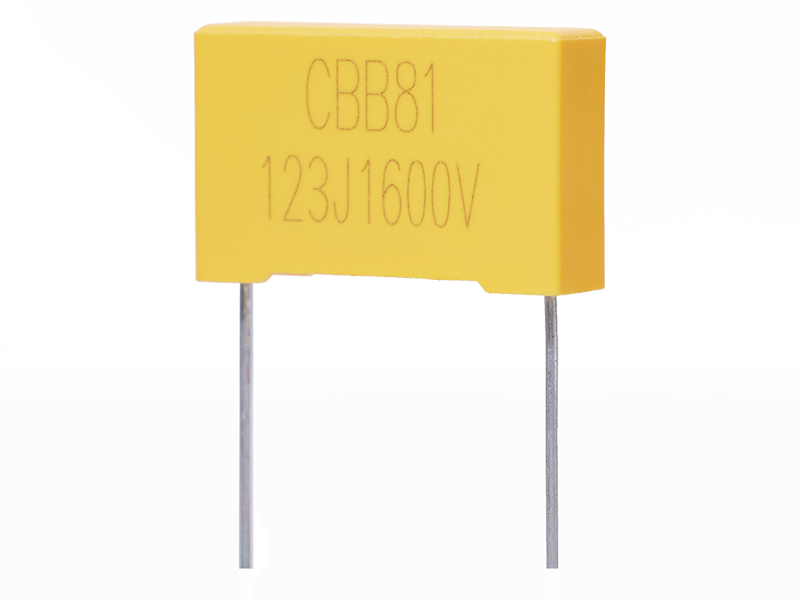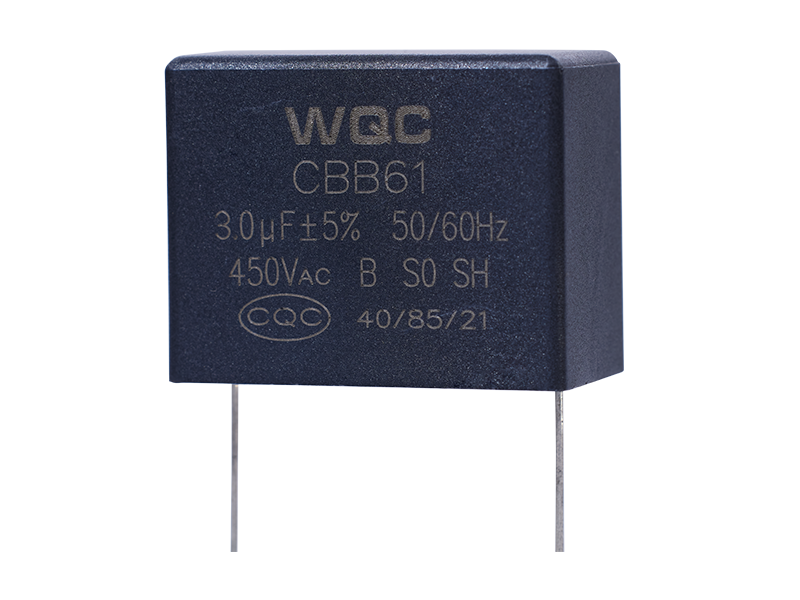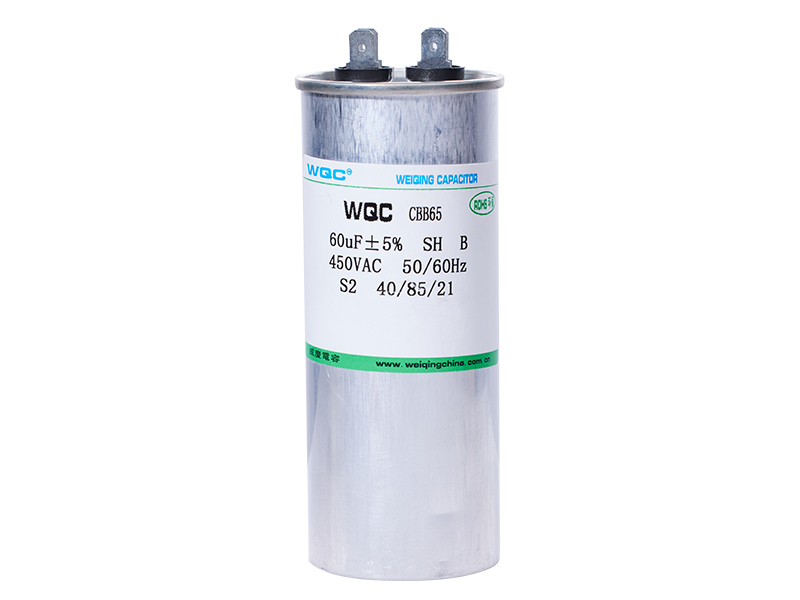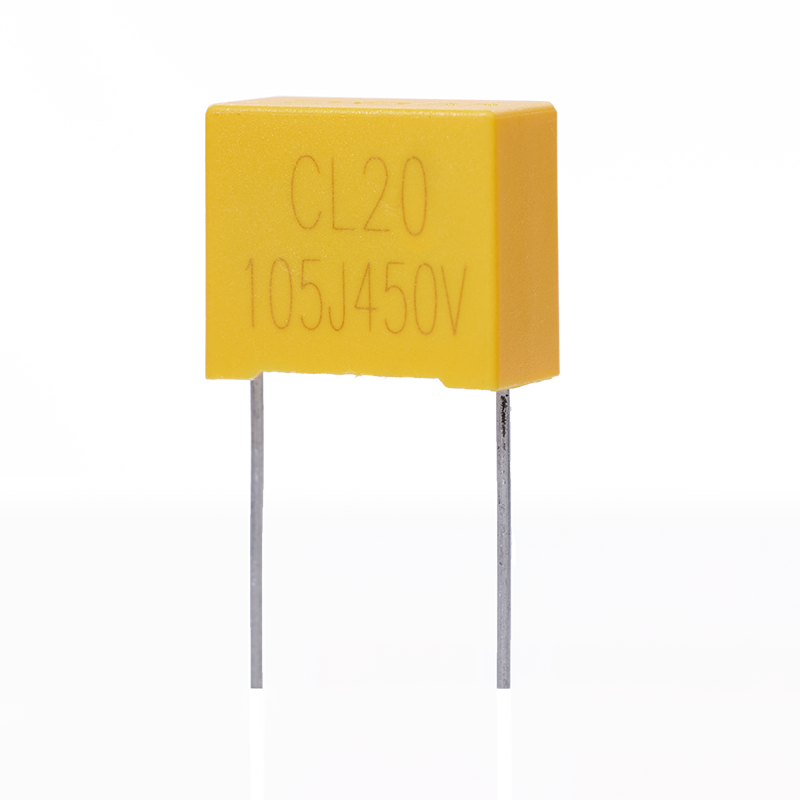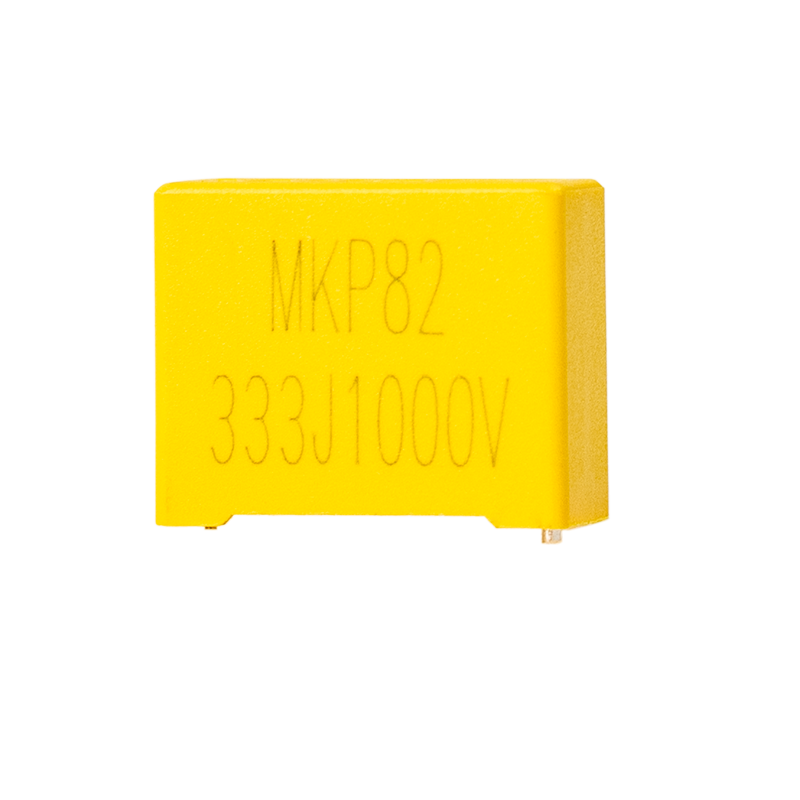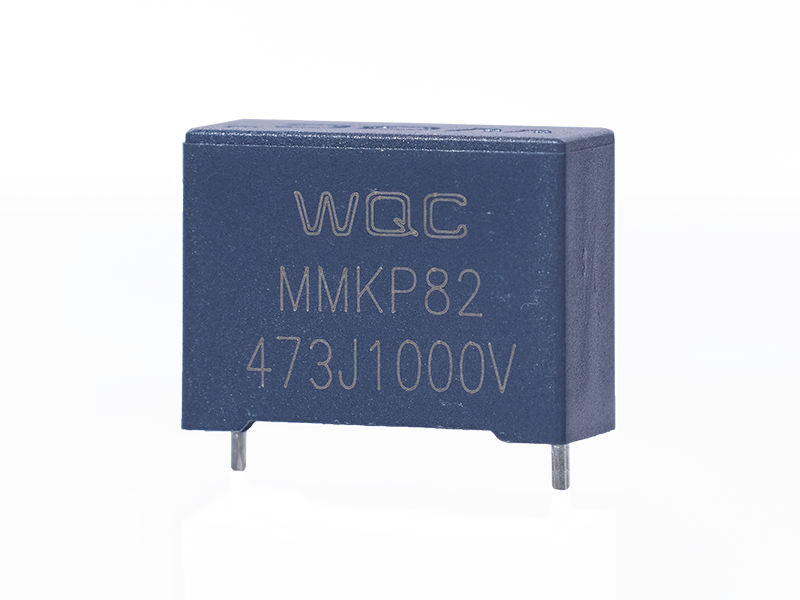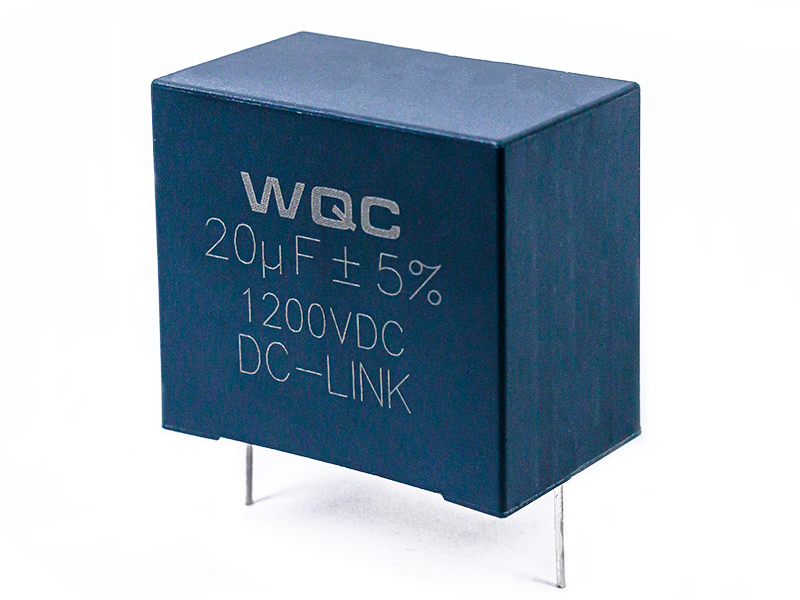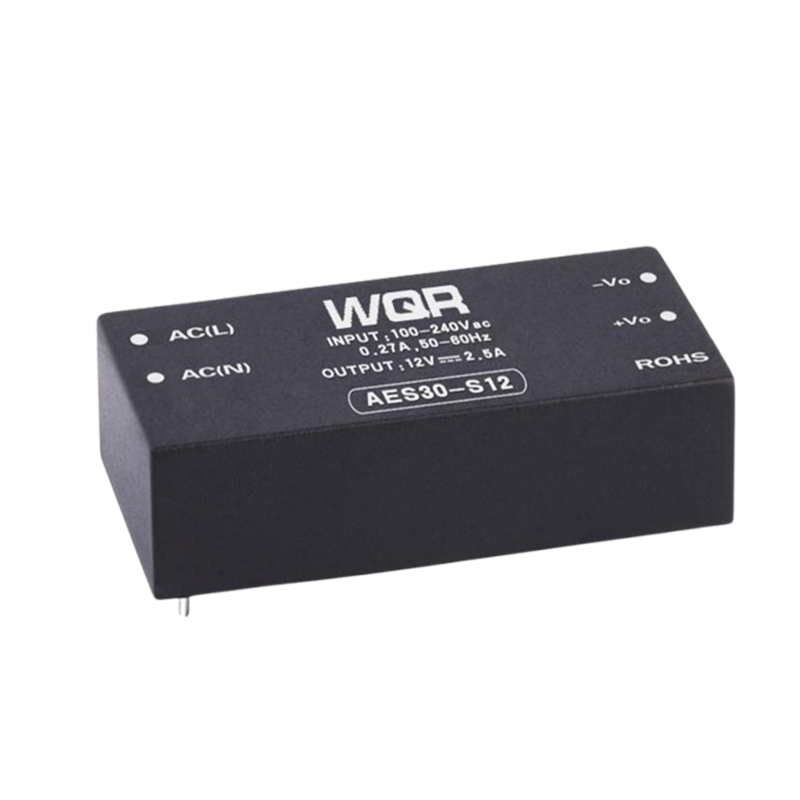Brief Analysis of Fault Treatment of Capacitor
Release time:
2024-01-05 17:26
Source:
1. Common faults of capacitors. When one of the following conditions of the capacitor is found, the power supply should be cut off immediately.
(1) The capacitor shell expands or leaks oil.
(2) Casing rupture, flashover and spark.
(3) Abnormal sound inside the capacitor.
(4) The temperature rise of the shell is higher than 55 ℃ and the temperature indicator falls off.
2. Fault handling of capacitor
(1) When the capacitor explodes and catches fire, immediately disconnect the power supply and use sand and dry fire extinguishers to extinguish the fire.
(2) When the fuse of the capacitor is blown, it shall be reported to the dispatcher, and the circuit breaker of the capacitor shall be opened after obtaining the consent. Cut off the power supply to discharge it, and conduct external inspection first, such as whether there is flashover trace outside the casing, whether the casing is deformed, whether there is oil leakage and whether there is short circuit phenomenon in the grounding device, etc., and shake and measure the insulation resistance value between poles and pole to ground, check whether the capacitor bank wiring is complete and firm, whether there is phase loss phenomenon, if no fault phenomenon is found, replace the insurance and put into operation. If the fuse is still blown after power transmission, the faulty capacitor should be withdrawn and power transmission to the rest should be resumed. If the circuit breaker trips at the same time of fuse fusing, it shall not be forced. Must wait until the above inspection is completed and the insurance is replaced before putting in.
(3) If the circuit breaker of the capacitor trips and the shunt insurance is not broken, the capacitor shall be discharged for three minutes before checking the current transformer power cable of the circuit breaker and the outside of the capacitor. If no abnormality is found, it may be due to an external fault bus voltage fluctuation. After inspection, it can be put into trial operation; otherwise, it is necessary to further conduct a comprehensive power-on test for protection. Through the above inspection and test, if the reason is still not found, it is necessary to act according to the system and gradually test the capacitor. No trial casting is allowed until the cause is identified.
3. Safety matters when dealing with faulty capacitors. Since the two poles of the capacitor have the characteristics of residual charge, it should first try to discharge its charge, otherwise it is prone to electric shock accidents. When dealing with the fault capacitor, the circuit breaker of the capacitor bank and its upper and lower isolating switches should be opened first. If the fuse is used for protection, the fuse tube should be removed first. At this time, although the capacitor bank has been discharged by itself through the discharge resistor, there will still be some residual charges, so manual discharge must be carried out. When discharging, first fix the grounding end of the grounding wire with the grounding grid, then discharge the capacitor several times with the grounding rod until there is no spark and discharge sound, and finally fix the grounding wire. At the same time, it should also be noted that if the capacitor has internal disconnection, fuse fusing or poor lead contact, there may be residual charge between its two poles, and these residual charges will not be discharged during automatic discharge or manual discharge. Therefore, the operation or maintenance personnel should wear insulating gloves before contacting the faulty capacitor, and short-circuit the two poles of the faulty capacitor with a short-circuit to discharge it. In addition, the capacitor connected in series should also be discharged separately.
Previous Page
Next Page
Related News
Increase the internal structure of the rated voltage
The voltage ratings for different film materials depend on factors such as film thickness, material quality (free of physical defects and chemical impurities), ambient temperature and operating frequency, and the safety margin for breakdown voltage (dielectric strength). In general, however, the rated voltage of a film capacitor depends primarily on the thickness of the plastic film. For example, with the minimum usable film thickness of a polyester film capacitor (about 0.7 μm), a capacitor rated at 400V DC can be produced. If a higher voltage is required, a thicker plastic film is usually used
Self-healing of metallized film capacitors
Metallized film capacitors have self-healing properties that are not available in film/foil configurations. When a sufficient voltage is applied, point defect shorts between the metallized electrodes can evaporate due to the high arc temperature because the dielectric plastic material at the breakdown point and the metallized electrodes around the breakdown point are both very thin (about 0.02 to 0.05 microns). The point defect cause of the short circuit is burned, and the resulting steam pressure also blows the arc away. This process can be completed in less than 10 μs
Brief Analysis of Fault Treatment of Capacitor
When the fuse of the capacitor is blown, it shall be reported to the dispatcher, and the circuit breaker of the capacitor shall be opened after obtaining the approval. Cut off the power supply to discharge it, and conduct external inspection first, such as whether there are flashover marks on the outside of the casing, whether the shell is deformed, whether there is oil leakage and whether there is short circuit in the grounding device, etc., and measure the insulation resistance value between poles and poles to ground, and check whether the capacitor bank wiring is complete and firm, and whether there is phase loss
Detection method of fixed capacitor
1. Detect the small capacitance below 10pF: because the fixed capacitor capacity below 10pF is too small, using a multimeter to measure, can only qualitatively check whether there is leakage, internal short circuit or breakdown. When measuring, a multimeter R× 10k block can be selected, and two pens can be used to connect the two pins of the capacitor arbitrarily, and the resistance value should be infinite. If the measured resistance (pointer swing to the right) is zero, then the capacitor leakage damage or internal breakdown.
Supercapacitors are also known as electric double-layer capacitors.
Supercapacitor, also known as electric double layer capacitor and electrochemical capacitor, is a new type of electrochemical energy storage device with electrochemical performance between traditional capacitors and batteries. It mainly includes four parts: electrode, electrolyte, current collector and separator. It mainly stores energy through the electric double layer capacitance and the Faraday quasi-capacitance generated by the redox reaction. Generally speaking, the energy storage of supercapacitors is reversible, so it can be used to solve problems such as battery memory. At present, the application range of supercapacitors is very wide.



